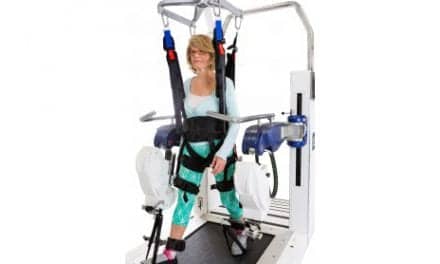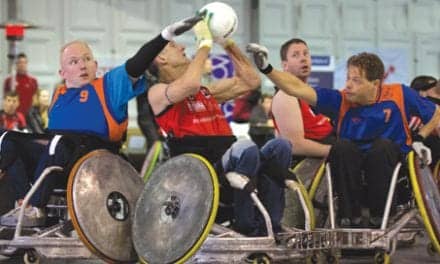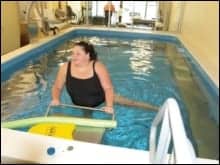A new study suggests that the use of short-term peripheral nerve stimulation may be able to prevent long-term changes in nerve and muscle function following spinal cord injury (SCI).
A release from the American Physiological Society notes that the study, published in the Journal of Neurophysiology, suggests that this stimulation could potentially improve the benefits of current and emerging rehabilitation treatments.
The release explains that as a result of SCI, the brain loses control of the muscles because injured nerves do not excite easily, or at all. The peripheral nerves also become compromised, which worsens the muscle atrophy and the other health complications that follow the injury.
The secondary nerve deterioration also limits the therapeutic benefits that the SCI patient could receive following the injury and the possibility of spontaneous recovery.
Per the release, according to researchers from the University of Sydney in Australia, maintaining peripheral nerve function soon after SCI may lessen health complications and can lead to a better outcome in terms of functional and rehabilitative health.
Therefore, in this new study, they examined if an intensive, short-term nerve stimulation treatment could improve peripheral nerve function after SCI.
The release explains that study subjects were SCI patients who began their peripheral nerve-stimulation therapy within 6 months of injury. One limb received 30 minutes of electrical nerve stimulation therapy 5 days a week for 6 weeks. The other limb remained untreated.
The SCI patients had less excitable nerves with altered responses to electrical stimulation, indicating nerve dysfunction. After the 6 weeks of therapy, the nerves in the treated limb responded to electrical stimulation more like nerves in healthy subjects. However, nerve function in the untreated limb did not change, according to the release.
“The present study has clearly demonstrated that an intensive 6-week peripheral nerve stimulation program was beneficial in improving nerve-excitability parameters toward the normal range,” the researchers wrote, per the release. Moreover, the improvements stayed if the patient continued with the stimulation therapy, according to the researchers.
The researchers suggest in the release that short-term peripheral nerve stimulation may be a new approach to preventing long-term changes in nerve and muscle function and improving rehabilitation outcomes.
“Therapies that help to maintain peripheral nerve function, such as the peripheral nerve stimulation paradigm used in the current study, need to be incorporated into the mainstream neuro-rehabilitation program in the early phases of SCI,” the researchers wrote, per the release.
[Source(s): American Physiological Society, Science Daily]





